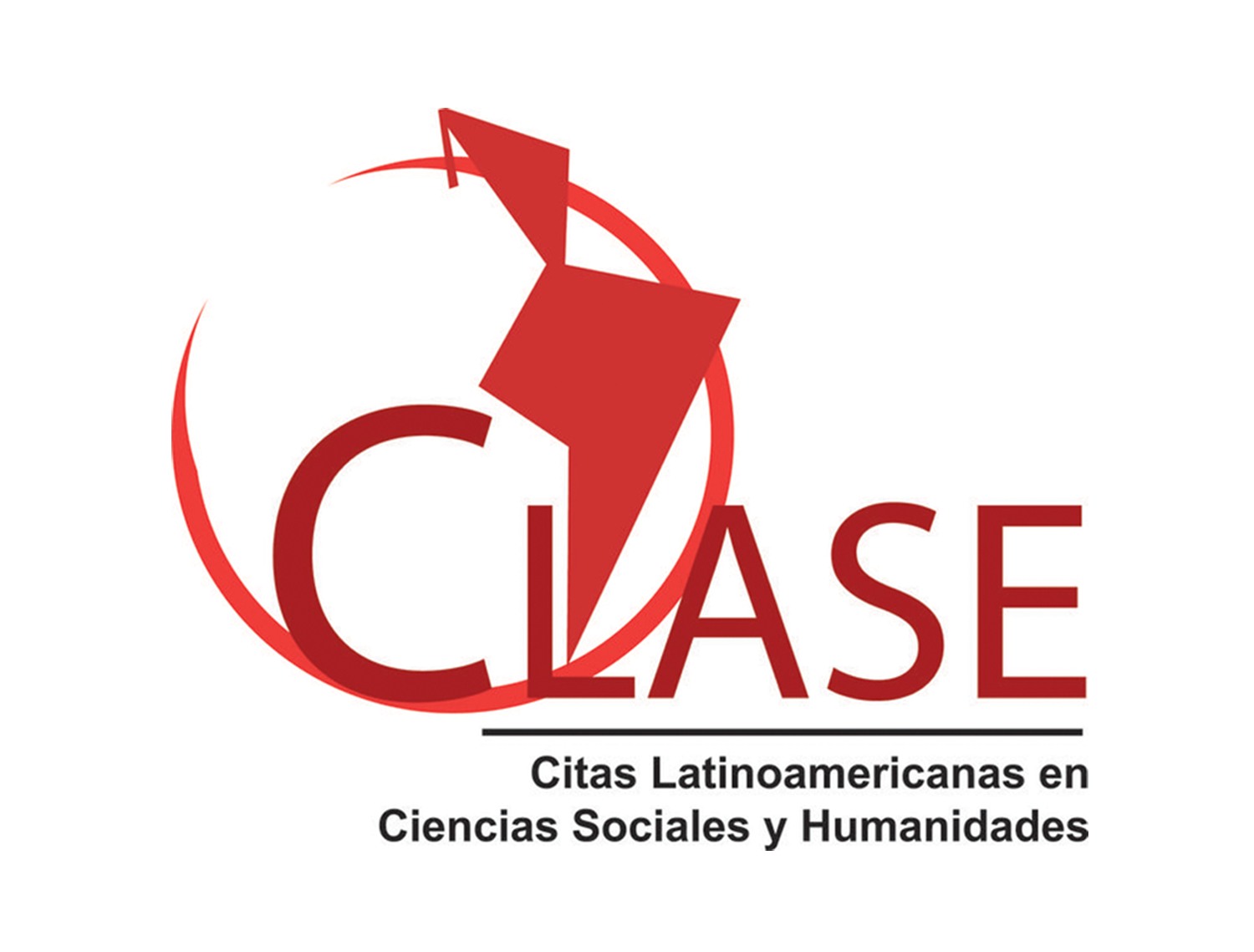How immigrants have shapped Uruguay
Abstract
This paper will make a comparative analysis of how nine immigration groups and a black population brought as slaves have shaped the culture of Uruguay. The most common image of Uruguay, at home and also abroad, is of a homogeneous and Europeanized country built by immigrants from Spain and Italy, without a large Afro population and with no natives. This image is at best only half the truth, because there have also been contributions from immigrants from Asia, Russia, other European countries, and also from African slaves and their descendants. In particular we will analyze how people of African descent, Basques, Italians, Swiss, Russians, Armenians, Lebanese, Jews, Muslims, and Peruvians have contributed to building the Uruguayan nation, and examine what their impact on Uruguayan society and culture has been. This paper presents the most important conclusions from research based on almost one hundred in-depth interviews with people descended from these communities.
Downloads
Downloads
Published
How to Cite
Issue
Section
License
Copyright (c) 2009 Felipe Arocena Arocena

This work is licensed under a Creative Commons Attribution 4.0 International License.
Culturales journal allows you to share, copy and redistribute the material in any medium or format; adapt, remix, transform, and build upon the material for any purpose, including commercially, by properly crediting the work and providing a link to the license indicating whether changes have been made.
Culturales journal is licensed under the Creative Commons Attribution 4.0 International License (CC BY 4.0)



















